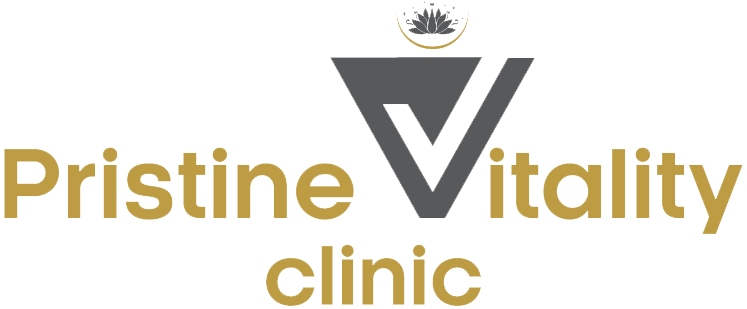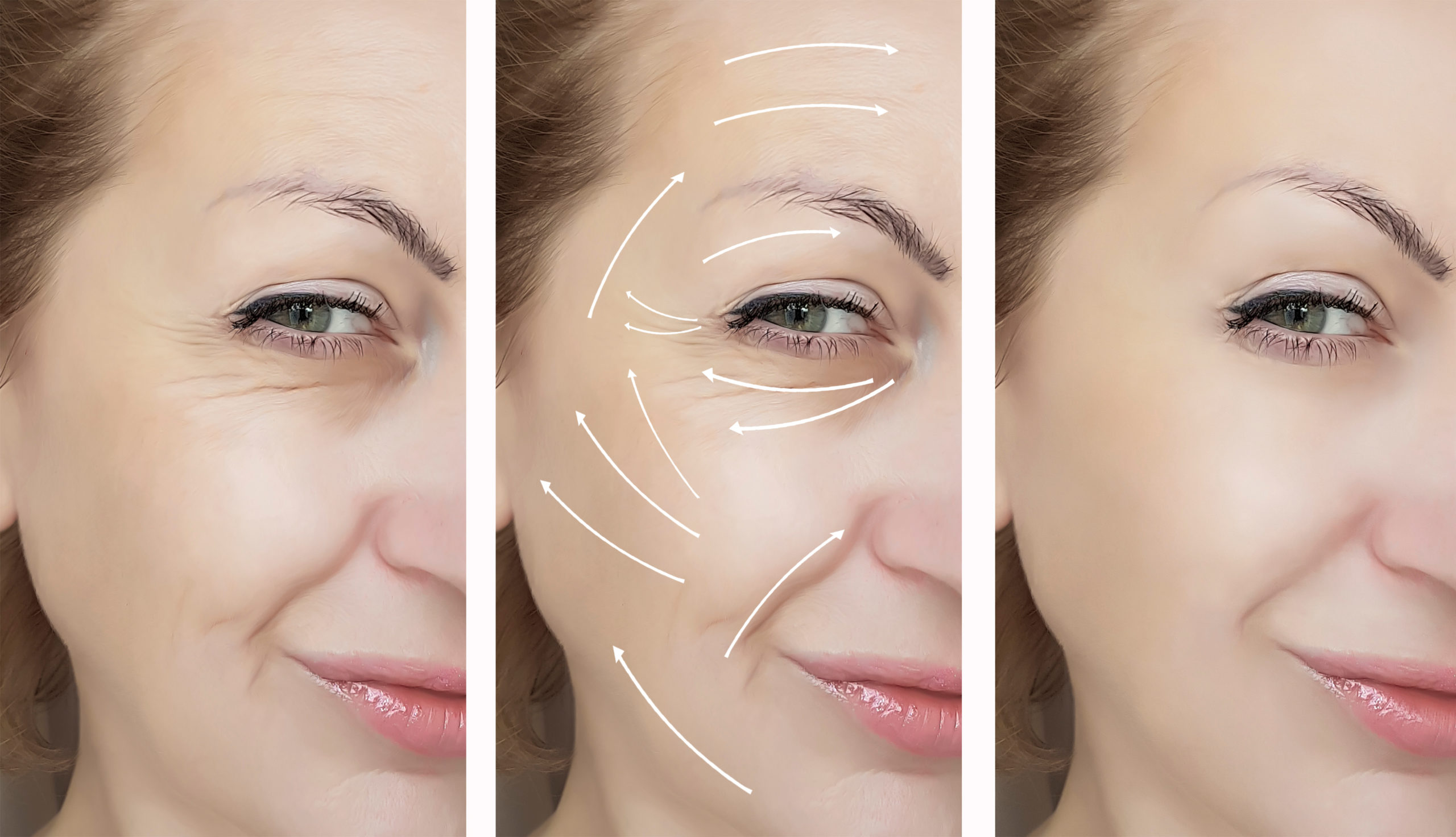
Facial thread lift, also called a barbed suture lift, is a cosmetic procedure that aims to lift and sculpt the shape of your face or body. Thread lifts use temporary, medical-grade suture material to “stitch-up” your skin so that it’s drawn taut. Thread lifts have been around since the 1990s, but innovations in the material used for thread lifts have led to an increase in popularity in recent years. The candidate who may benefit the most from the subtle impact of a thread lift for is in their late 30s to early 60s and is starting to notice unwanted signs of aging .Patients who can’t have a surgical facelift because of medical conditions that make general anesthesia risky may also consider a thread lift as a safer alternative.
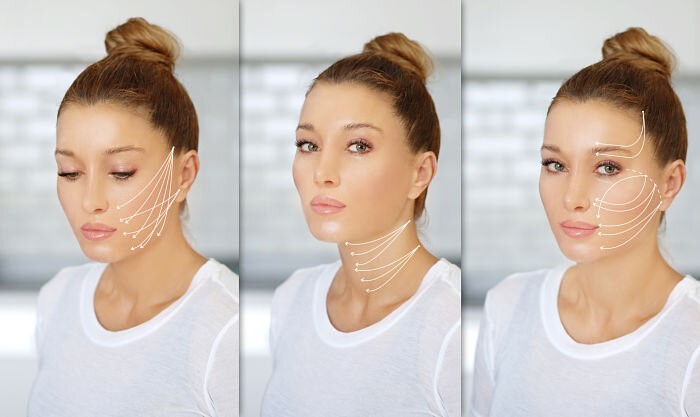
The thread lift procedure works in two ways. By threading thin, dissolvable sutures underneath your skin, your medical practitioner is able to pull your skin tight around your lower face, brows, neck or body. There are three main types of threads used: mono threads regenerate collagen over a long time and are used for skin rejuvenation, screw threads are mainly used for volume restoration and cog or barbed threads which hook onto the skin to provide instant support and lift to sagging tissue. Invisible, painless “barbs” grab on to your skin and make sure that the thread grips your underlying tissue and muscles as the thread is pulled tight. Once a thread is inserted, your body’s healing response is triggered. Even though you’re not injured by the threads under your skin, your body detects a suture material and stimulates collagen production in the affected area. Collagen can fill gaps in sagging skin and restore a more youthful elasticity to your face.
A 2017 study suggested that the primary effect of a thread lift procedure is skin appearing tighter and more structured. After a year, this effect begins to decrease as the sutures dissolve. However, there was
a secondary “rejuvenation” effect that stayed in place and was noticeable up to 3 years after the procedure.
About the procedure
The Thread Lift procedure is relatively quick and simple, especially compared to other procedures that produce similar results. Once the area is cleaned your medical practitioner will apply numbing to increase confort during the treatment. The procedure involves the insertion of a needle or a blunt-tip cannula with very fine absorbable polydioxanone threads into the skin or the subcutaneous fat of the specific areas to be treated. This creates a type of suture that tightens and lifts your skin and encourages your skin to produce more collagen. The process is repeated as many times as is necessary.
Depending on area treated, multiple mono, screw and/or barbed threads can be used to achieve the desired results. The sutures remain under the skin and are eventually dissolved after several months. The threads are perfectly safe and cause no harm to your body. The corrections made are immediately noticeable and improve even more over the first 12 weeks. The effects last between 12-24months (some patients have reported results lasting up to 3 years). The new techniques provide treatment to areas not addressed by dermal fillers or neurotoxins alone.
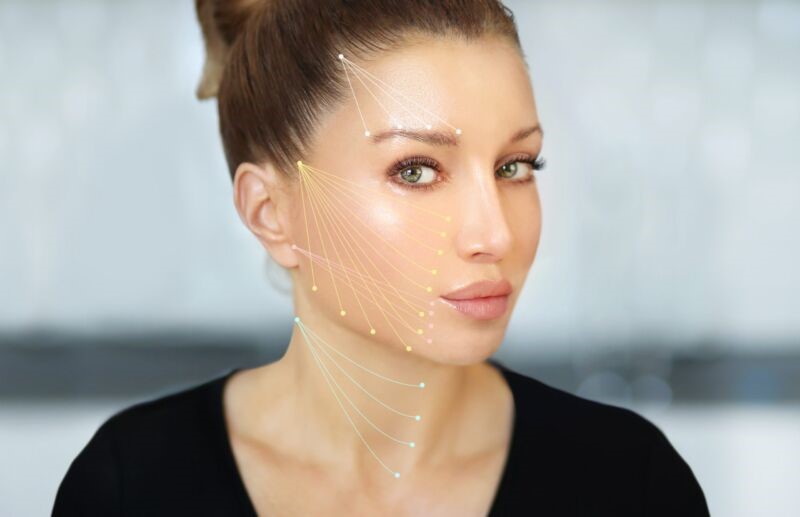
AT A GLANCE
EXPECTED RESULTS
After week
TREATMENT TIME
20-50 Minut
DOWNTIME
Low downtime
LONGEVITY
1-3 Years
FAQs
How many treatments are required and when will I see results?
Recovery after a successful thread lift is quite minimal. While there may be some visible swelling and bruising, you can go back to your daily routine in a couple of days. Results should be apparent right after the threads are put into place, but you may notice more in the days and weeks right after they are inserted, as swelling and bruising starts to subside. Overcorrection can lead to temporary puckering or dimpling of the skin which will subside over the next week.
Results from a thread lift aren’t meant to be permanent, the threads used in the procedure will eventually be absorbed by the tissue underneath your skin Successful effects typically last from 1 to 3 years. After a thread lift, you can resume your normal routine but we do not advise planning any vigurous activity or big social event for up to 2 weeks after treatment. Your medical practitioner will provide you with written aftercare information before you leave.
What areas can be treated?
Threads can be used to contour the face, treat wrinkles, improve skin quality, reduce pore size and tighten the loose skin promoting a youthful appearance. Common areas to be treated with threads are:
• Mid and lower facelift
• Jawline and jowl tightening
• Facial lines reducing: smokers lines, frown or worry lines, crow’s feet, smile lines, undereye etc
• Foxy eye lift
• Brow lift
• Pixie nose lift
• Neck or decolette rejuvenation
• Hands
• Breast Lift
• Body skin tightening: tummy, thighs etc
Is it safe and what are the contraindications?
There are no major risks involved in the procedure given that it is performed in a clean environment using well-sanitized medical paraphernalia. After a thread lift, it’s not uncommon to experience the following: bruising, swelling, bleeding, slight pain at the site of the thread injection.
Complications are generally common and include: allergic reaction, bleeding as a result of the procedure building up behind your skin, visible dimpling or pulling where the threads have been inserted, migration or unintended “movement” of the threads that result in skin that looks lumpy or bulges, pain under your skin as a result of the thread being too “tight” or awkwardly placed, infection at the site of the procedure.
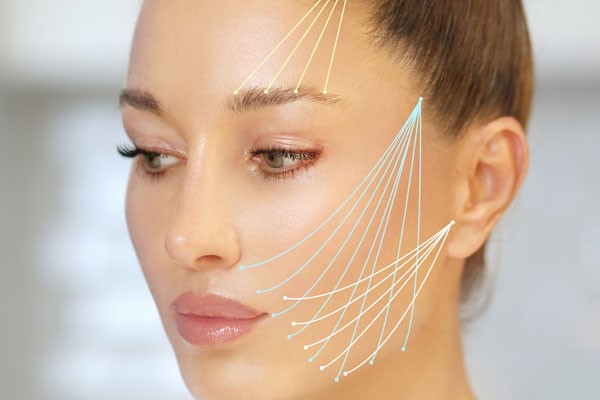
How much does a thread lift cost?
The costs of a your treatment will vary depending on how many areas you are going to target and the number and type of threads will be used. Your plastic aesthetic practitioner may recommend that you get additional therapies or cosmetic procedures such as Botox or dermal fillers to boost the effects of your thread lift.
What is the precure and aftercare?
PRE-TREATMENT INSTRUCTIONS
Your practitioner will devise an appropriate action plan for you as per your skin type and the treatment required. However, the usual guidelines provided are as follows:
• Smoking and all kinds of alcohol must be avoided for at least one week before the procedure as they can dehydrate the skin and even affect the anaesthetic step. It helps in speeding the recovery process and providing the best treatment results.
• Avoid consuming omega fish oils, vitamin E, chilli ginseng, garlic, krill, and other such supplements at least two days before the treatment. It is best to avoid green and ginger teas as well.
• Aspirin-based products, like Naproxen/Naprogesic, Neurofen, and Ibuprofen, must be avoided as they can cause bleeding, unwanted side effects and complications.
• Avoid performing high-intensity exercises and going to a sauna or steam room.
• Avoid any harsh exfoliating products and retinol (Vitamin A) products on your skin for one week prior to treatment and until healing is complete. The treatment should not be performed on irritated or sunburnt skin and it is recommended to avoid tanning and sunbeds for at least 2 weeks.
• If you have previously suffered with cold-sores, you must disclose this to the practitioner prior to treatment as you may require medication to prevent an outbreak.
• If you have had any recent beauty or aesthetic treatments, facial surgery or implants, this should be discussed with your practitioner to ensure that it is safe to proceed with the procedure.
• A medical history form must be completed prior to any treatment.
• If you are feeling unwell on the day of treatment, please contact the clinic to re-arrange your appointment.
AFTERCARE ADVICE
The treatment has a minimal recovery time, but there is still plenty you can do to enhance the recovery and get the best results.
• Experiencing slight discomfort in the first two days after the procedure is normal, it will gradually reduce.
• Make sure to rest for a full day after getting the treatment.
• It is recommended to avoid touching, wetting and washing your face for a minimum of 12 hours after the treatment.
• Use cold compresson the treated area for the first week if you are experiencing slight bruising or swelling.
• Don’t pull your facial skin, massage, scrub or exfoliate the skin for at least three weeks.
• You can move around wherever you want, but don’t perform any strenuous activity or heavy lifting for two weeks.
• You can take paracetamol and an antihistamine if required to eleviate disconfort and swelling. Avoid aspirins and ibuprofen for the next week after the treatment.
• Sleep on your back with head elevated to prevent any swelling. Avoid straining or placing pressure on your face as it may result in threads misalignment.
• Avoid applying makeup or facial cream for at least 48 hours.
• Restrict facial movements for one day. You should not drink a beverage with a straw and focus on drinking liquids or consuming soft foods for at least a week. Chewing gum should be avoided for at least two weeks.
• Avoid getting any dental treatment for at least two weeks after getting the thread lift.
In case of unusual pain or swelling, it is important to consult your practitioner to get the appropriate treatment immediately.
